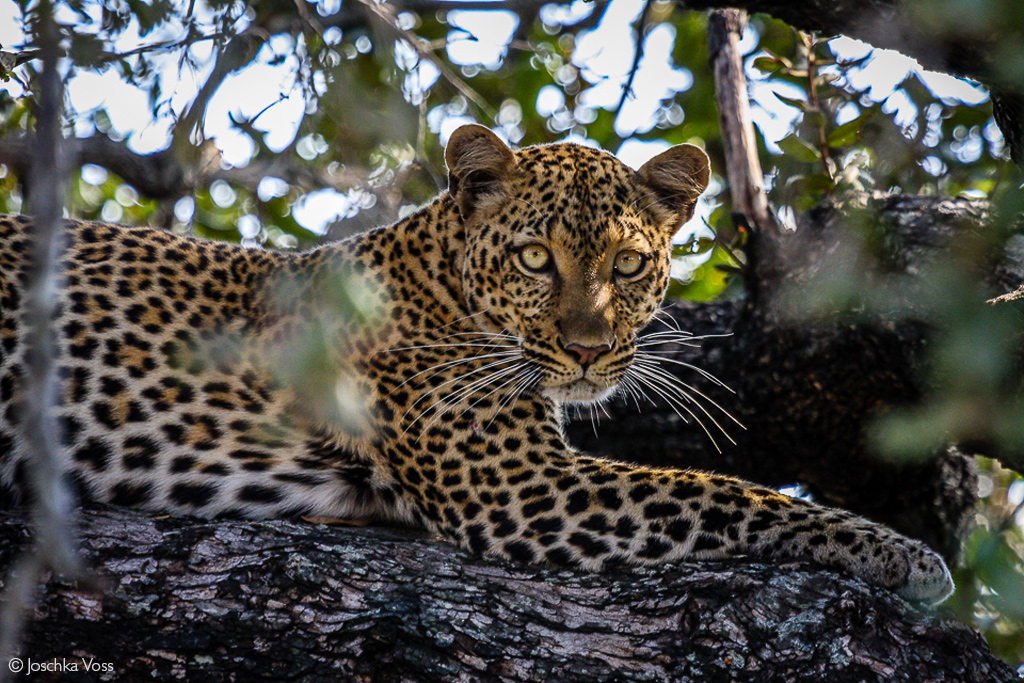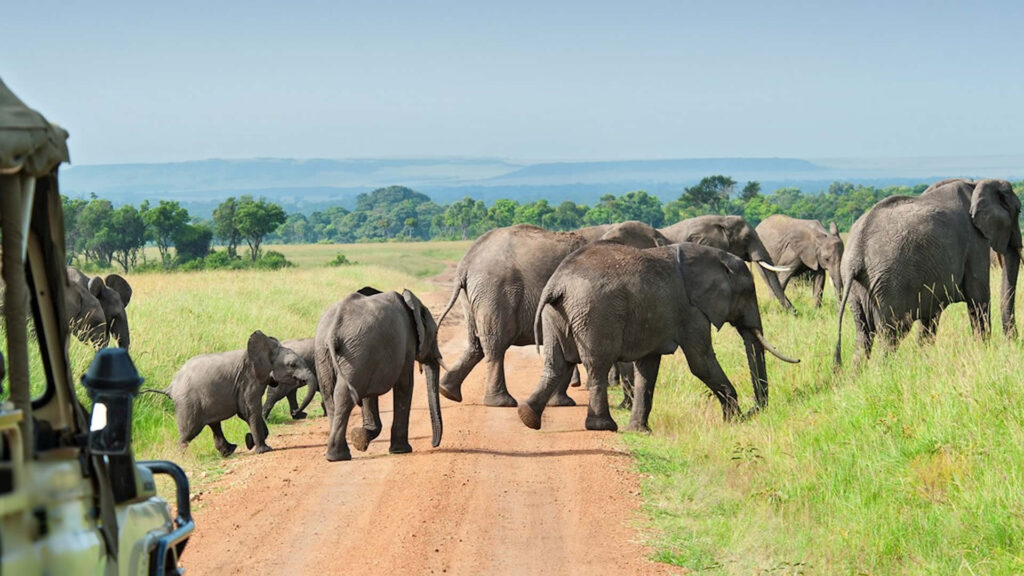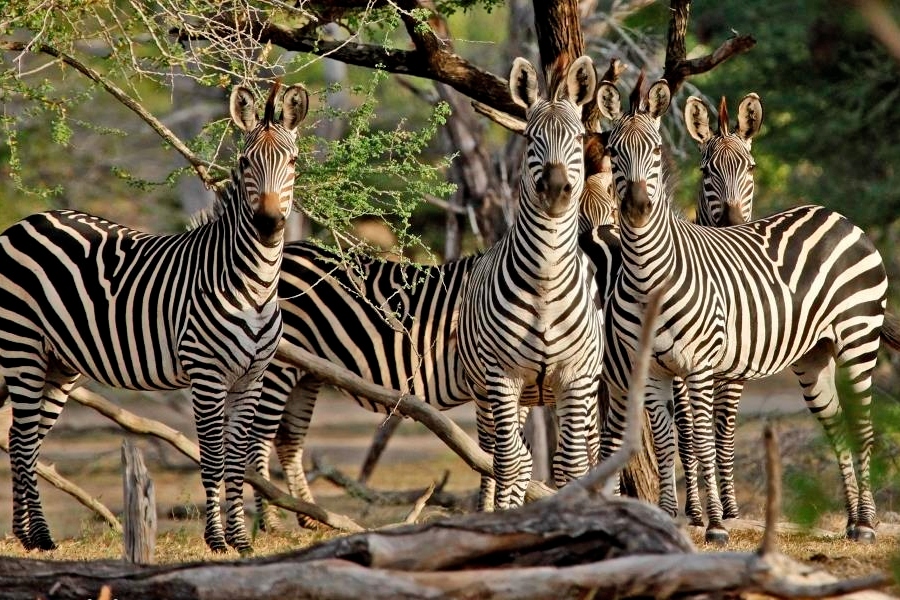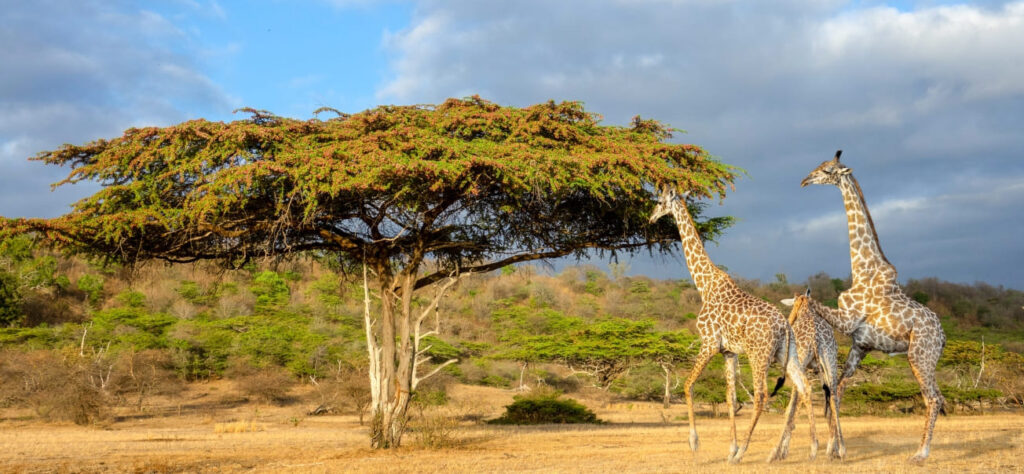Nyerere National Park formerly known as the Selous Game Reserve is found in the southern circuit Tanzania and a good safari destination for tourists that do not like crowds.
There are quite a number of activities that one can engage in while in Nyerere and these are game drives, birding, a cultural tour, fishing and walking safaris. All activities within Nyerere are carried out with the help of a tour guide and below these have been listed below in detail so that you get to know what you are going to put on your list first.
Birding safari
A birding safari to Nyerere National Park is one interesting activity that you should engage in while in Tanzania. Nyerere has over 400 bird species which can be found in their different natural habitats which are lagoons, the Rive Rufiji, swamps and the vegetation that are found in the Park. An experienced tour guide who can identify the bird species will be assigned to you throughout the birding safari and some of the bird species that you should look out for include palm-nut vultures, African fish skimmers, pink backed pelican, yellow-billed stork, African fish eagle, white crowned spur winged plovers, the hornbills and the white fronted bee-eater among others. The best time for a birding safari in Nyerere is during the wet season which is experienced between November and April.
Nyerere Game Drives
This is one of the most anticipated activities for every tourist who visits the Nyerere National Park. Nyerere is the largest reserve in the country and even though it is not as popular as its counterparts in the Northern circuit, it has a large number of animals that can be seen during the game drive. You will be provided with an open roof van for easy viewing of the animals and an experienced tour guide to take you around the Park. Some of the animals that are found in Nyerere include wild dogs, giraffes, zebras, wildebeest, black rhinos, hippos, buffalos, kudus, hyenas, impalas and waterbucks among others. The best time for game drives is during the dry season (June to October) and the drives are best done in the morning before 11 and in the afternoon hours around 3pm when the heat is still bearable. The National Park experiences two seasons : the wet season and the dry season. These seasons are what determine the activities that you can carry out while in Nyerere because each season has activities that are carried out, that is some of the activities that are carried out during the wet season cannot be carried out during the dry season and the reverse is true
Nyerere Boat Ride
Nyerere is one of the few National parks within the country that can be explored with both a boat and a van. The River Rufiji is one of the main courses that you will take while boat riding although there are other smaller channels that you can use. A boat ride along the River Rufiji will take you around the Nyerere Park with a clear view of the animals and birds. Make sure that you have life jackets on and follow all the guidelines put up by the tour guide.
Fishing
A fishing safari in Nyerere is a perfect way to relax while on a safari in Selous. Fishing is mostly carried out at the Rufiji River although you can also go to the smaller channels and swamps within the National Park for the activity. Spot fishing is what is normally carried out in Nyerere, that is all the fish captured is supposed to be put back into the water and with the help of a tour guide your trip will be worth it. You will be provided with fishing equipment at a small fee and with your fishing rod, bait and life jacket, you will be ready to start your fishing expedition in the Nyerere National Park.
Walking safari
A walking safari through Nyerere is organized in the offbeat tracks where most of the animals that are considered to be dangerous are not found. It is normally organized during the morning hours and late afternoon during the dry season and this is because the morning and late afternoon the heat is a little bit bearable. You will be given some guidelines by the tour guide that you should follow so that you keep safe. An armed ranger will be with you for protection purposes and some of the animals that you will get to see include the elephants, hippos and zebras.
Hot air balloon rides
Engage in a hot air balloon ride while in Nyerere and get to see animals from a different point of view. There are only two National parks that offer the hot air balloon ride and the first one is the Serengeti National Park which is found in the Northern Circuit and the Nyerere National Park in the southern circuit. The hot air balloon ride is carried out very early in the morning in Nyerere and you get to see the animals, birds, landscape and the sunrise from above.
Photo safaris in Nyerere are normally done in the Northern part of the National park. You will need a few things in order for you to enjoy a photo safari here and with your cameras ready, you take photos of animals, the landscape and the birds that are found in the National Park.




